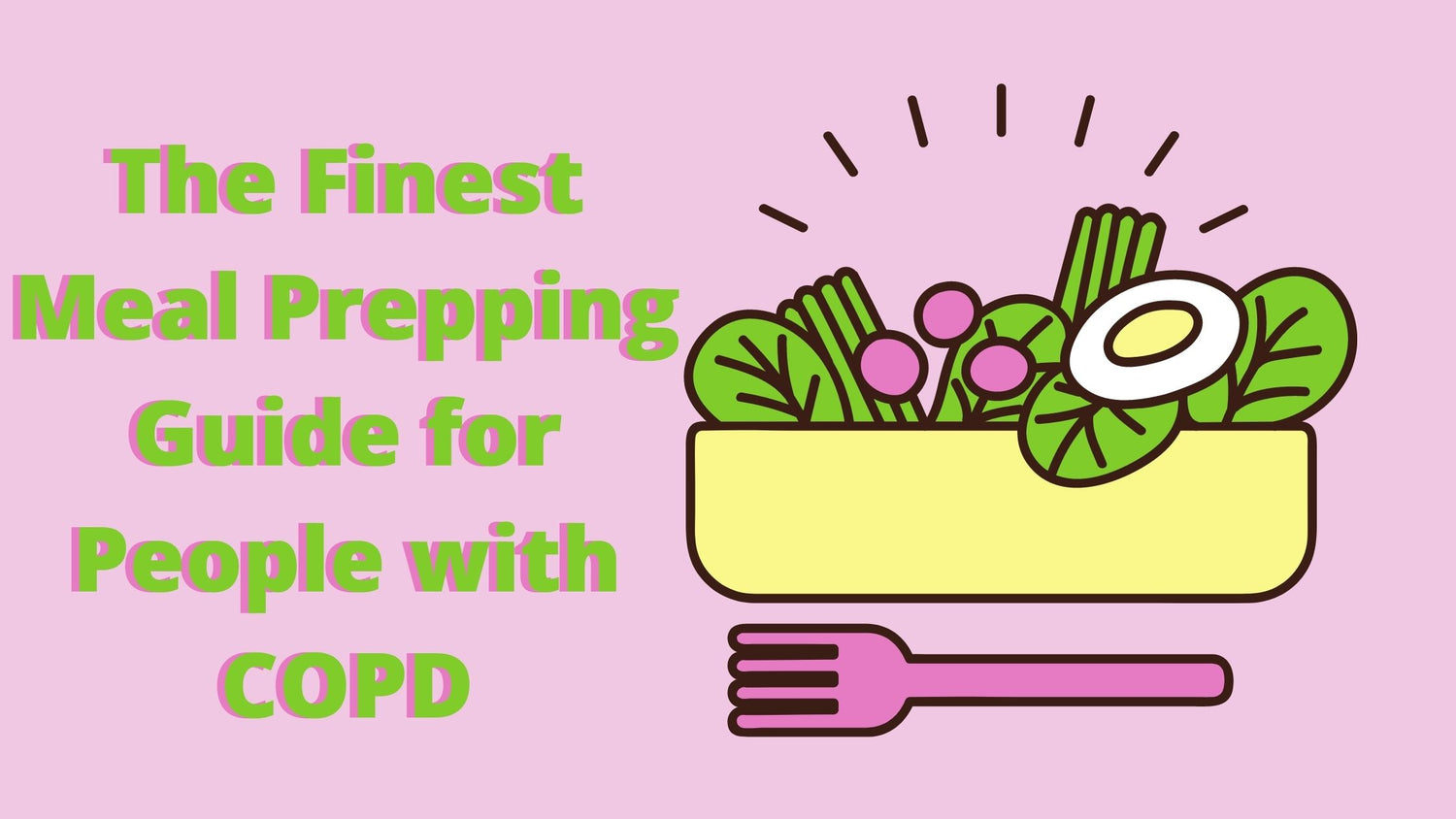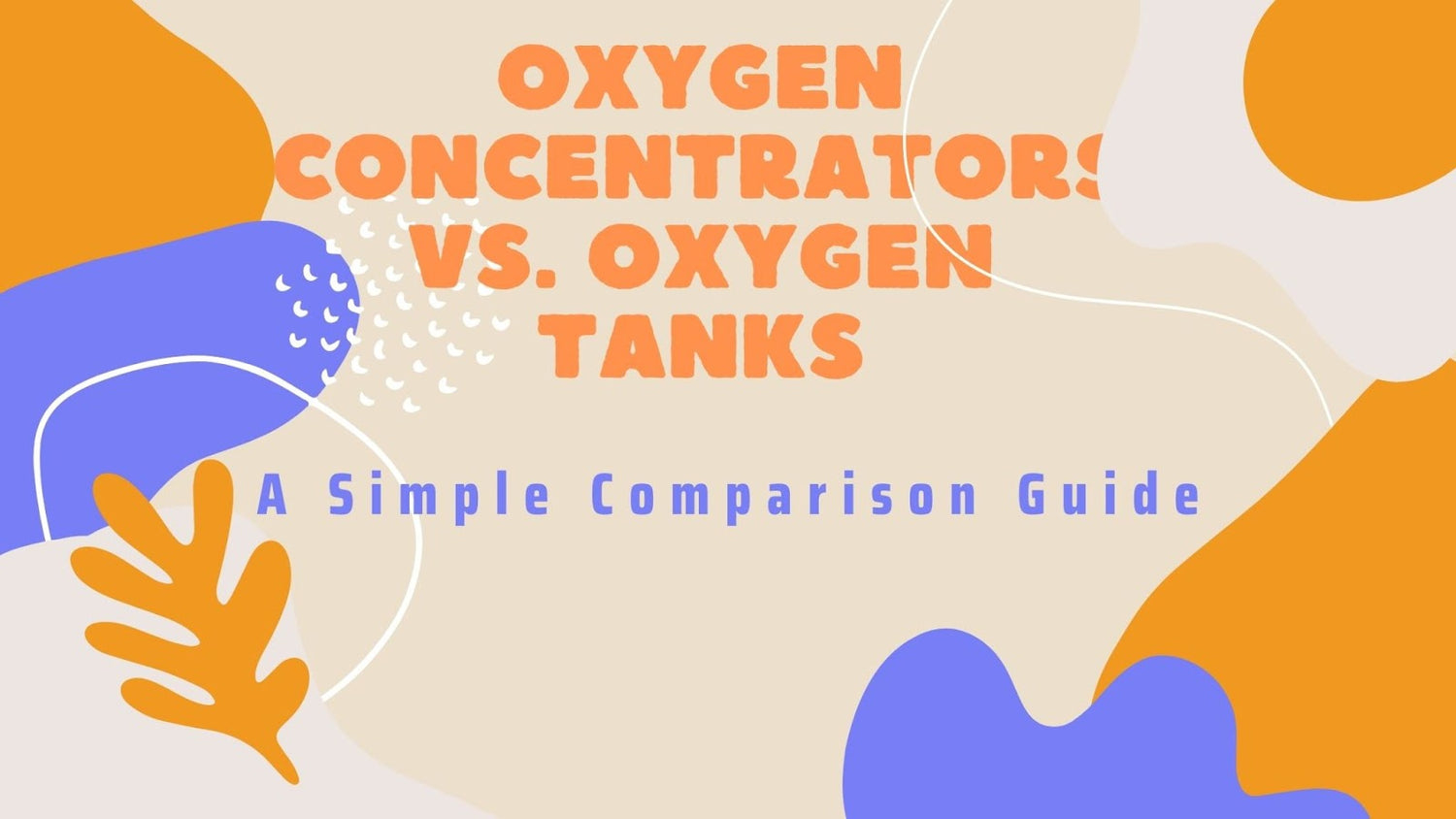Respiratory Resource Center - LPT Medical
The Finest Meal Prepping Guide for People with COPD
COPD is a disease that affects your respiratory...
Read MoreOxygen Concentrators vs. Oxygen Tanks: A Basic Comparison Guide
If you’ve been searching for a medical oxygen...
Read More


